How To Clean Fish Tank Filter Pump
Most fishkeepers know about the importance of cleaning filter sponges, and to merely e'er do it in old aquarium water, non tapwater. They besides know to replace white filter wool and polishing pads when muddied, and to replace carbon every 30 days. But the filter pump itself, the beating eye of the filtration system too needs maintenance likewise.
A typical scenario goes like this: You switch the filter off to make clean information technology, turn it back on and nothing happens. Or you have a powercut, the filter goes off and then doesn't come dorsum on again. Your first instinct is usually to contact the online store and report to them that at that place's a error with the filter. But 99 times out of 100 the pump won't fire support again simply considering there is a build-up of dirt around the impeller.
Filter pumps and powerheads of all kinds contain just one moving part - the impeller. Looking like a plastic cross or a propellor, the impeller is attached to a cylindrical magnet that spins on either a steel or ceramic shaft. The powerhead - the motor of the unit - has all its electricals cast in epoxy resin to waterproof them, merely within it turns electricity on and off which in turn makes the magnet spin at loftier speed, making the impeller spin, which pushes the water.
The magnet doesn't actually touch the sides of the impeller sleeping room so that it tin spin nice and easily, simply over time the sleeping accommodation fills with brown slime and the magnet gets a blanket of gunk besides. This lessens the strength of the magnetism betwixt the pump motor and the magnet. The other affair that tin happen is that fibroid debris similar grains of gravel, snail shells or institute leaves can enter the impeller sleeping room and cake or jam the impeller. The consequence, the pump goes off and won't start over again.
How to clean an impeller
And so when you practice your monthly filter maintenance clean the sponges, supercede the polishing pads and carbon, but have a look at the impeller. This tin can be accessed on the underside of all filter pumps by removing the protective cover disc first by manus. With the pump switched off at the mains, grab the cross-shaped impeller and pull it out of the sleeping accommodation.
The magnet will come up with it, and if the shaft is ceramic, that tin be removed also. A note of circumspection - ceramic impeller shafts are brittle and prone to breaking when handled so handle with care. They also sit down inside a safe bush-league at each stop, and so make certain they aren't lost during cleaning.
Slide the impeller off the shaft and clean the impeller and magnet with a filter cleaning brush. This can also exist washed under the tap. Make clean the impeller bedroom inside the pump, supersede the shaft, carefully replace the impeller, so replace the impeller embrace. Once back in the water switch the pump on and information technology should fire back into action like it e'er did before.
Impeller blades and shafts can suspension, and very dirty impellers tin can ware or even jam in the chamber. Just like the tyres on a car, impellers and shafts are wear parts so they won't exist covered under manufacturers warranties. For the all-time possible peace of heed, always carry a spare impeller or run two filters in tandem to cover in the event that one fails.
Internal filter clean step-by-step
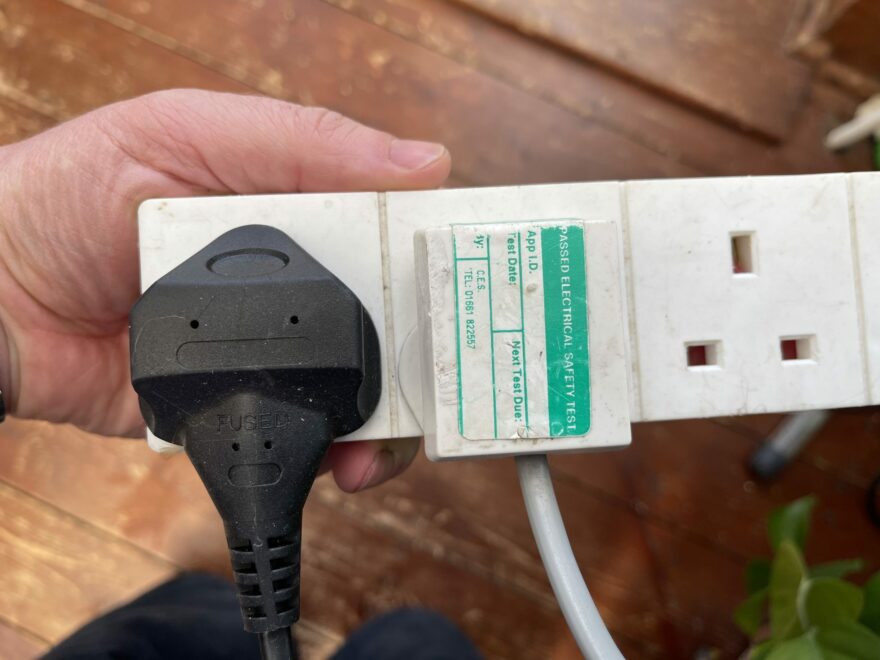
i. Turn off the power to the filter at the mains
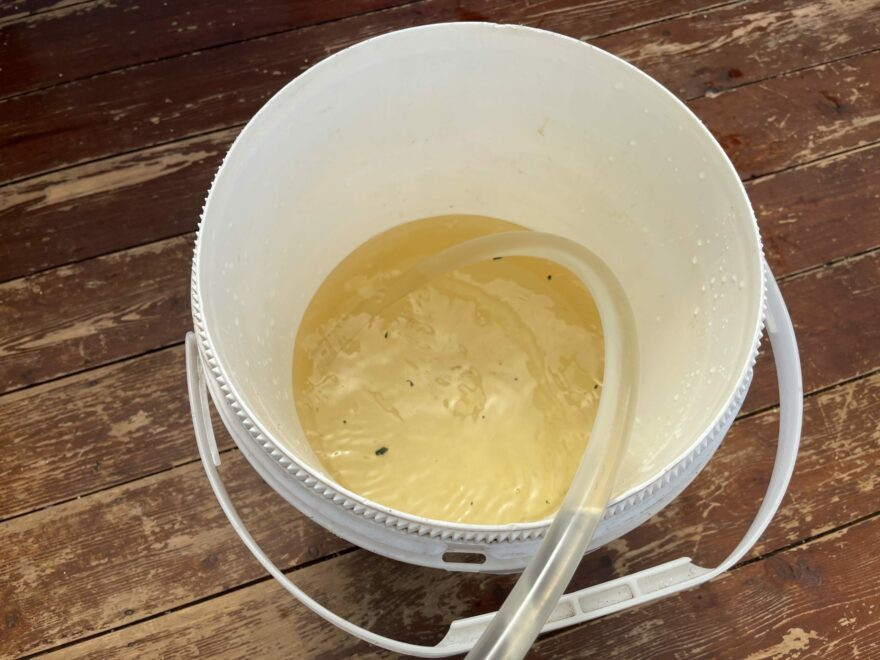
2. Syphon some aquarium water into a bucket
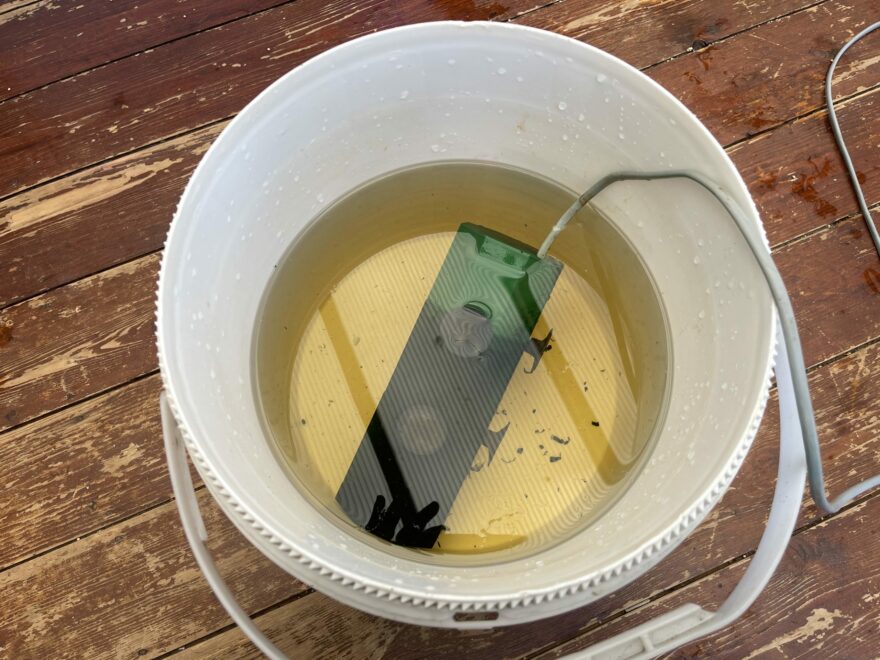
3. Identify the filter canister in the bucket of water
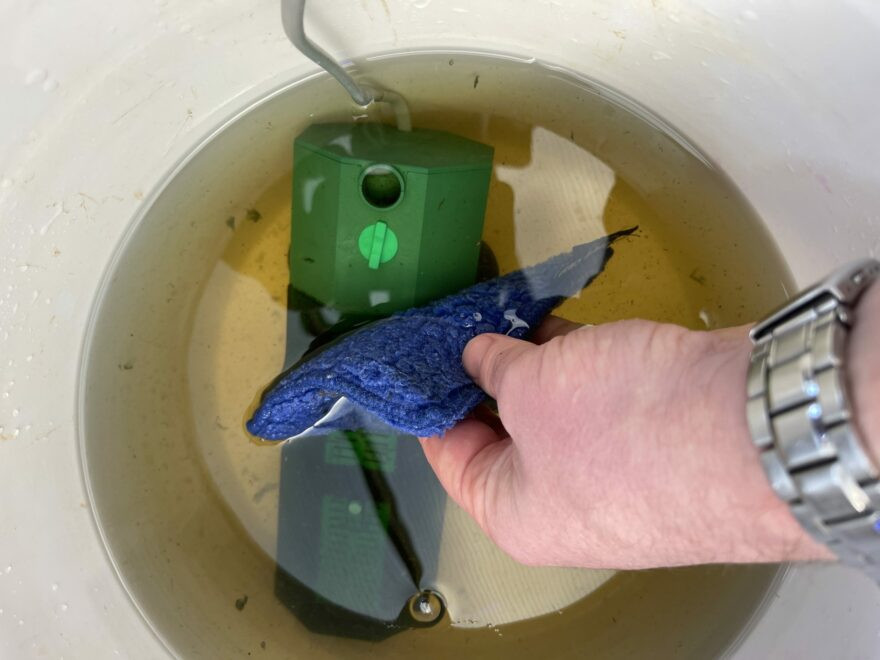
4. Clean the canister with your aquarium algae pad
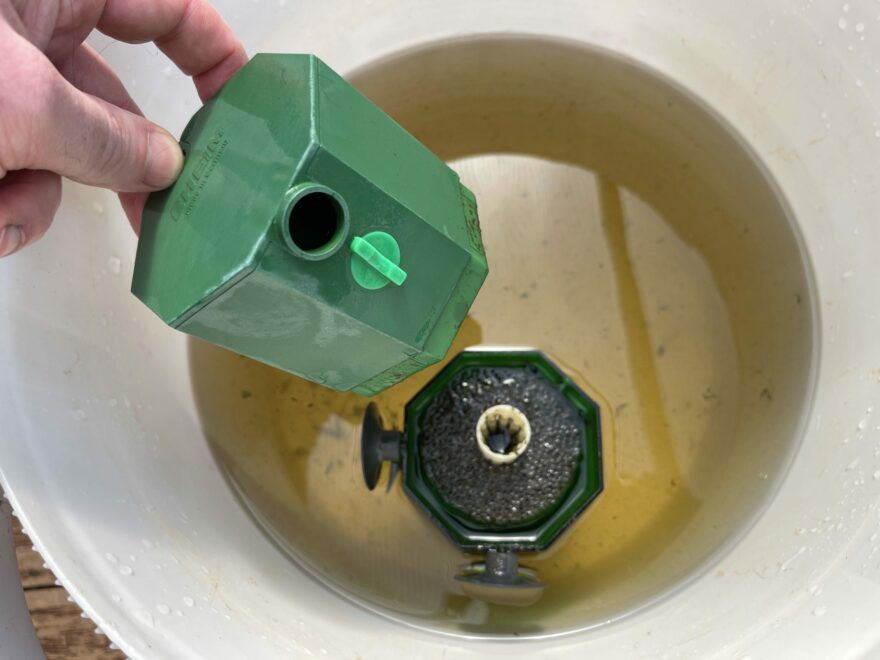
five. Remove the powerhead from the canister filter body
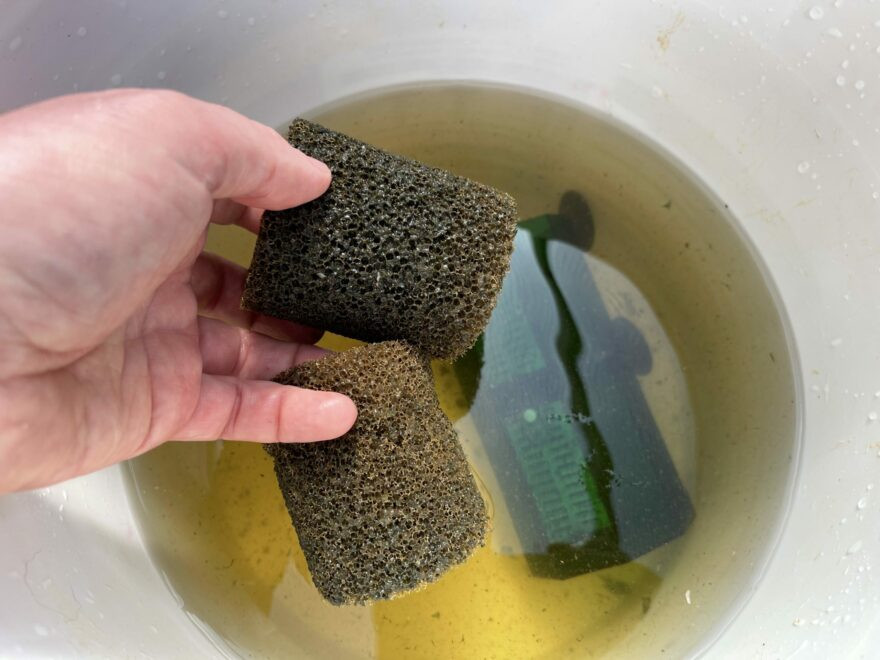
6. Remove the dingy sponges from the canister
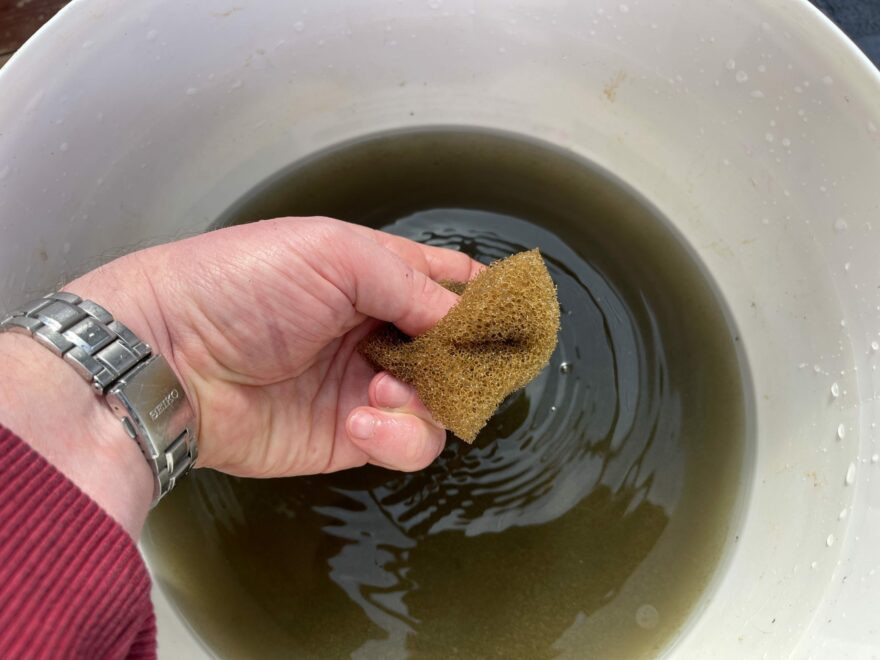
vii. Clean the sponges in the old tank water in the bucket
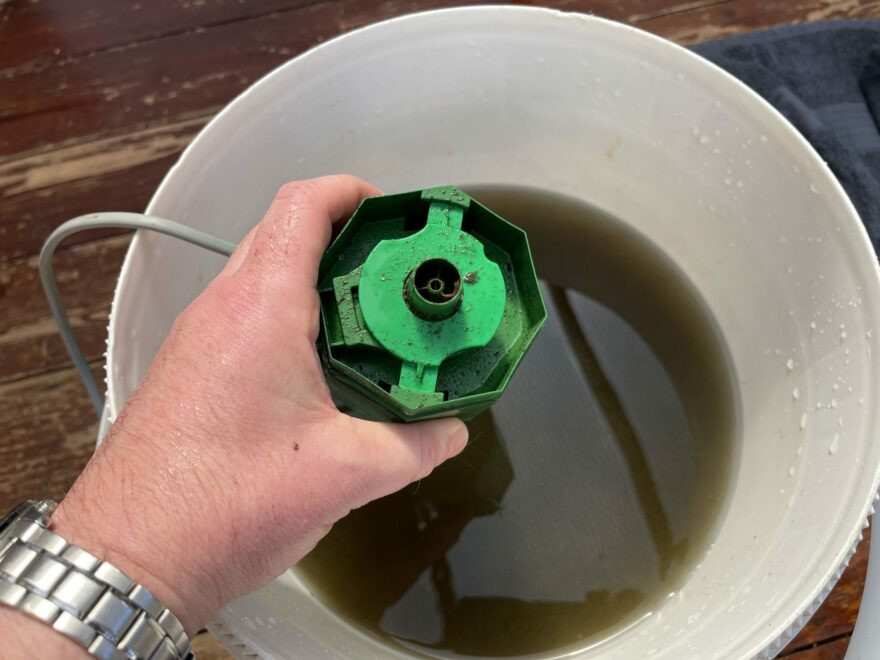
8. Turn the pump upside downwardly to reveal the impeller encompass
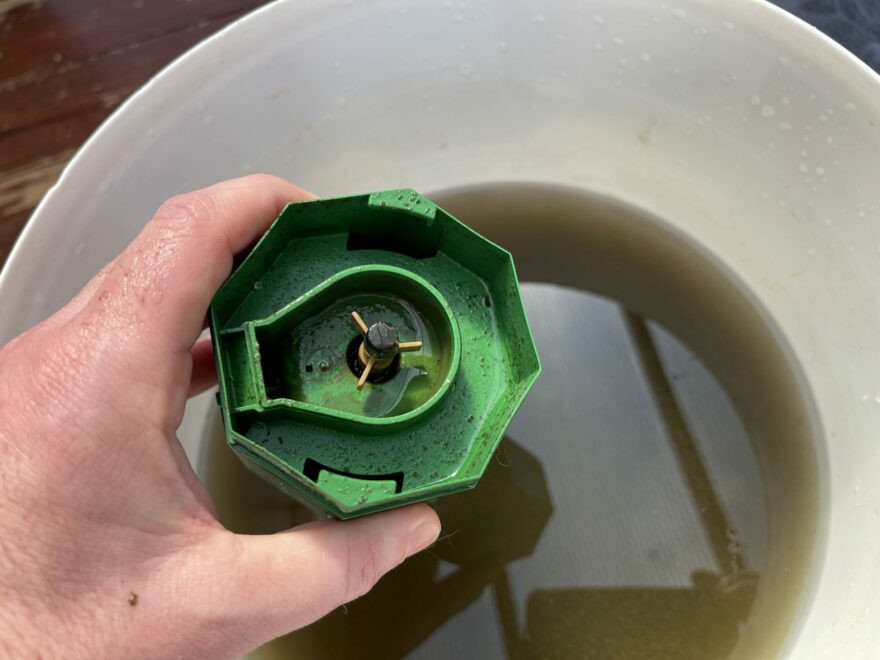
9. Remove the impeller cover
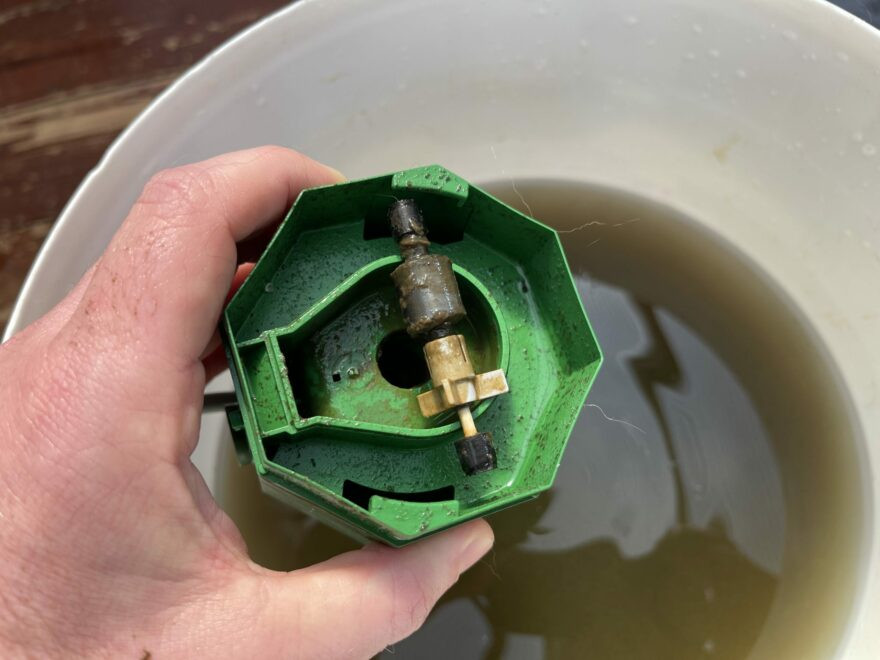
10. Remove and carefully clean the impeller
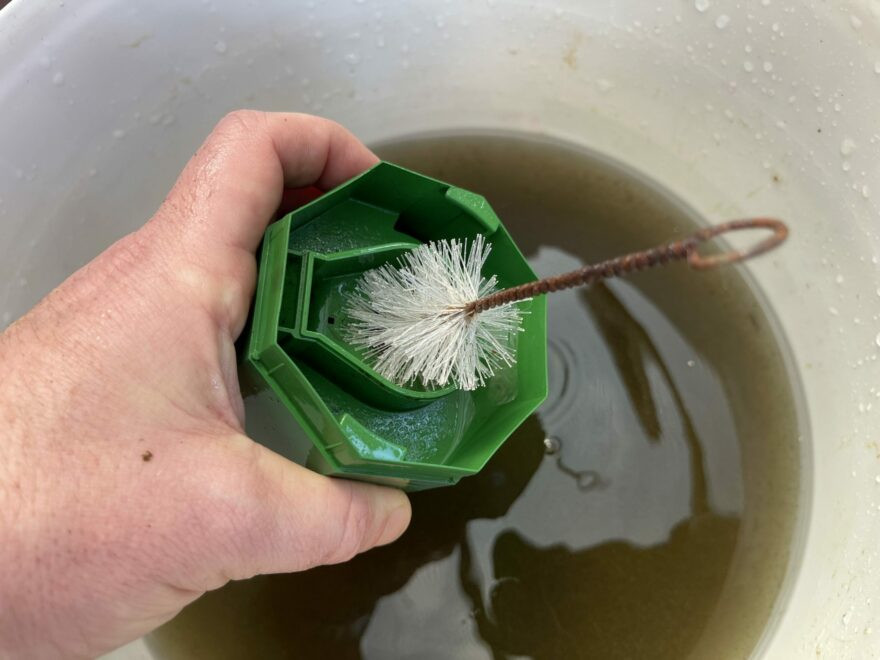
11. Make clean the impeller shaft
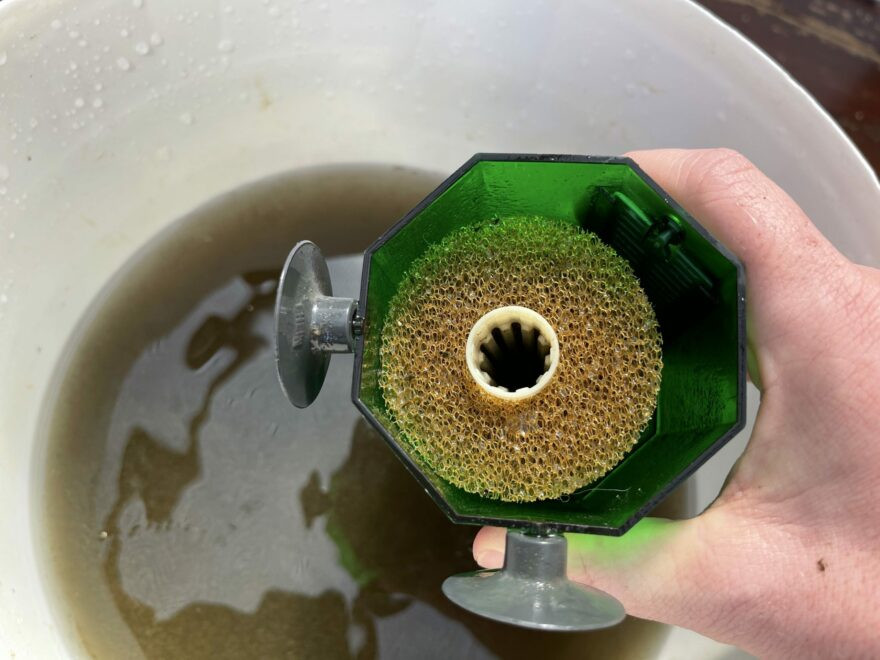
12. Put the clean sponges back within the canister
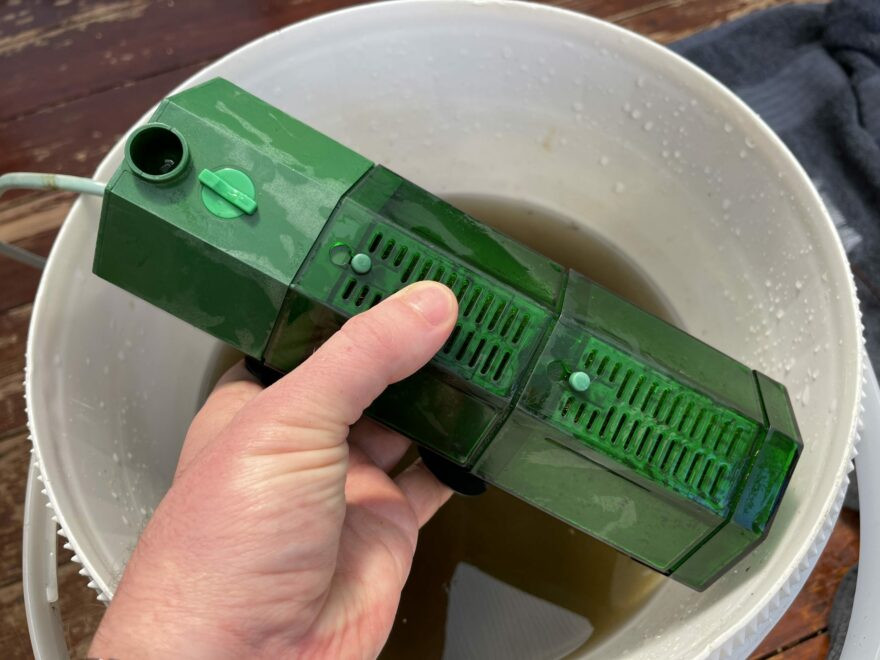
13. Reassemble the canister
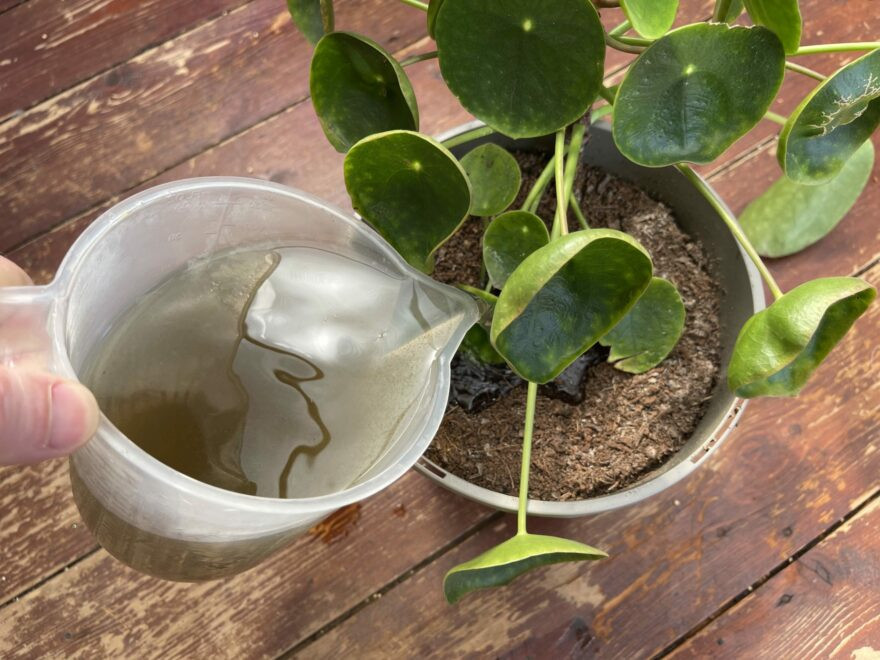
fourteen. Use the quondam muddy tank water to h2o your plants
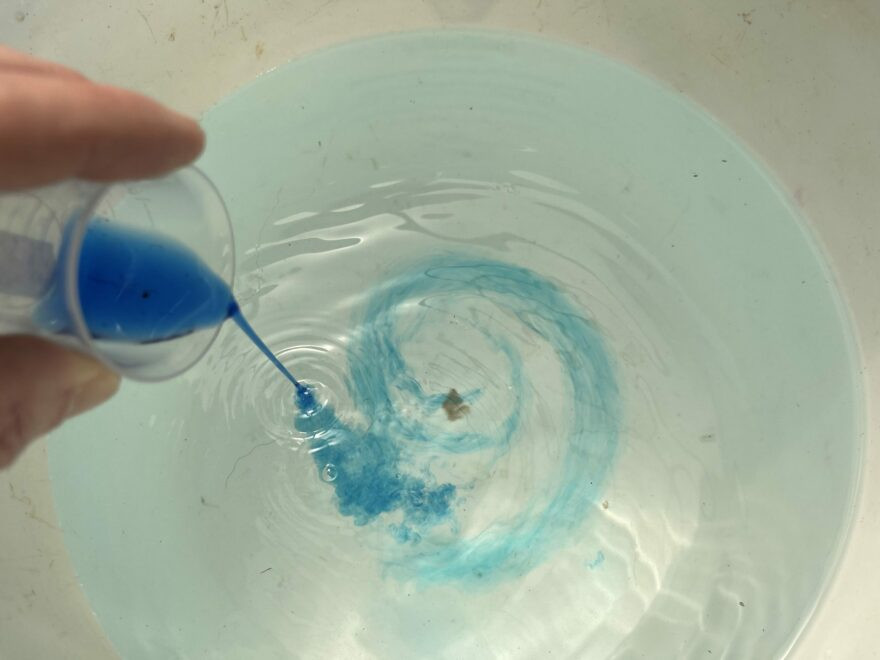
15. Replace the water from the tank with dechlorinated tapwater
How To Clean Fish Tank Filter Pump,
Source: https://www.swelluk.com/help-guides/how-to-clean-an-aquarium-filter-pump/
Posted by: browntheird.blogspot.com


0 Response to "How To Clean Fish Tank Filter Pump"
Post a Comment